Awhile back (and by “awhile back” I mean “over a year ago”) I wrote an art blog of Frederic Edwin Church’s beautiful painting called The Icebergs (check out the blog here… I”ll wait.)
I won’t bore you with the specs again (I’ll be boring you with other ways now), but seeing it in person I realized what the specs actually mean.
The Icebergs, it turns out, is a really, really big painting.
Not the largest I’ve seen for sure (a Rembrandt holds that record), but nevertheless this is a very large painting. That’s something that you don’t get from seeing it on the internet or in a book: the sheer size of some of these paintings.
Seeing it in person, and it being such a large painting, you really get the sense that someone painted this. I mean, of course someone painted it. But you begin to drop the idea that these are all just pictures in a book, that someone put their love, their passion and their faith into their work.
For one, you can see where the individual strokes are, and also the age of a work when you look at it in person. You can see the cracks in the paint, and wonder if they will ever separate further:
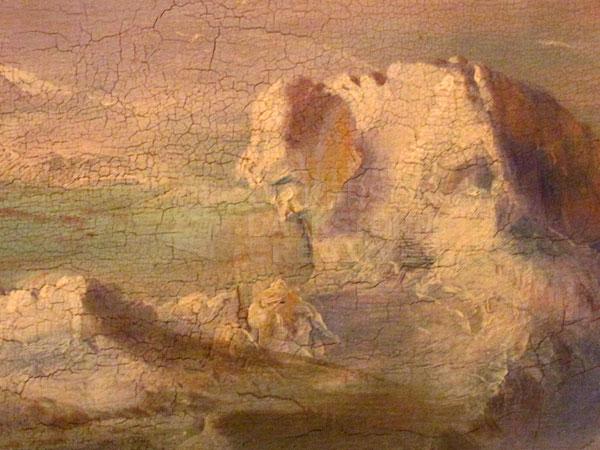
Most books and sites aren’t going to show you levels of detail like this, and when you see the cracks you start to understand that this wasn’t just painted yesterday. You see that this was painted (from the time of this posting) nearly one hundred and fifty years ago.
You can also see Church’s styles and techniques vary even in the same painting. Where there is intricate detail in the remnants of the ship, including the twisted wood fibers and canvas:
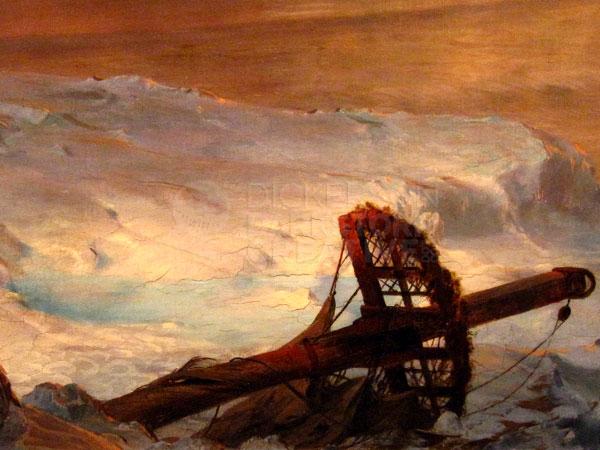
In other areas his technique is very loose, very fast, and almost playful:
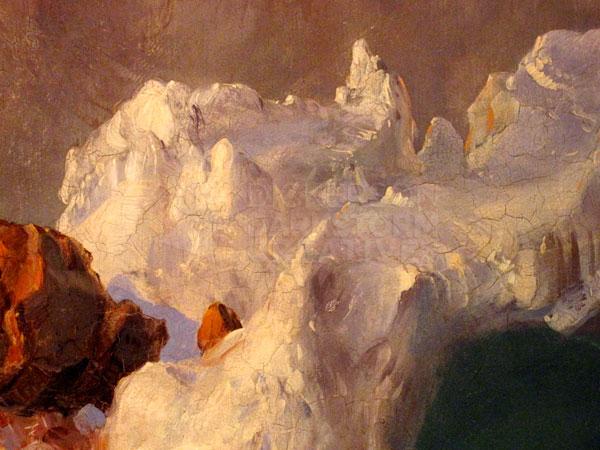
He’s also able to add close-up details, such as this band of blue in the ice:
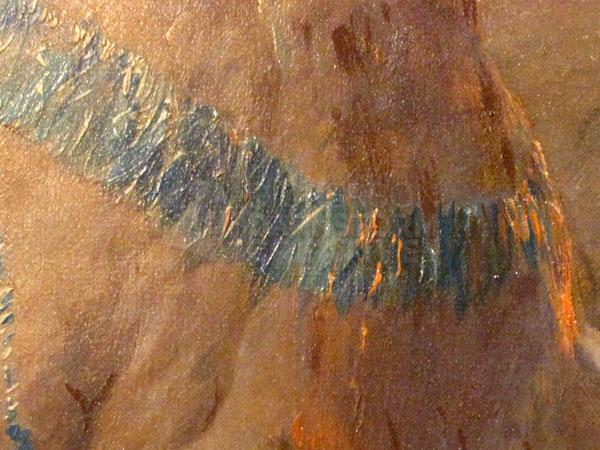
While he still offers the distant icebergs:
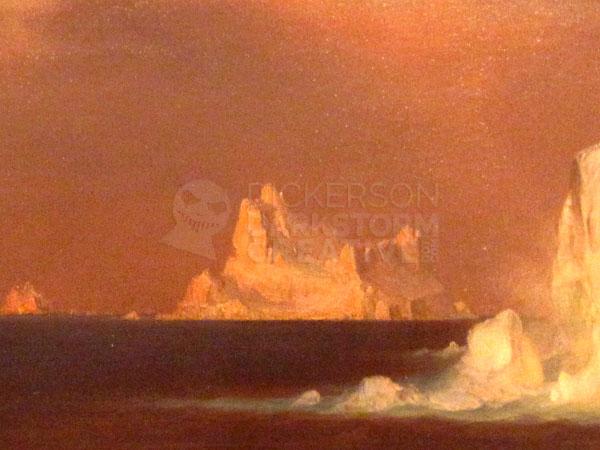
Between the two, he builds fantastic drama in the ice, in the ship, and in the overall piece. He marries the subtle with the overt, the bright with the dark, and the traditional with the unusual, brilliantly.
My favorite part of all is the ice cave structure and the rocks. There is a mystery here for us to consume, and Church’s use of color leads us into it. Up close, in real life, you can see Church’s individual strokes, some strict and some loose, that give us a beautiful, yet almost ominous scene:
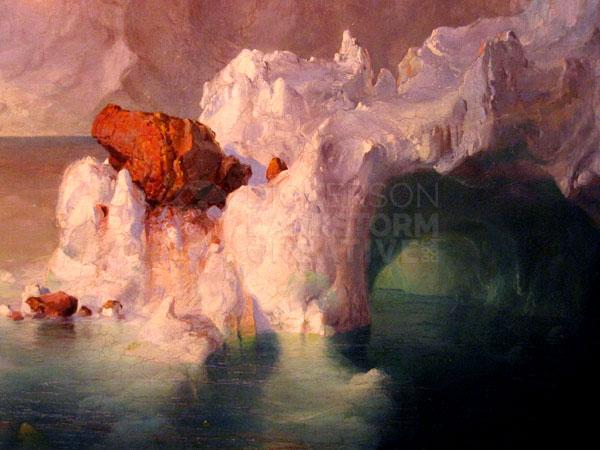
But most of all, I take from my visit one single, important thing as an artist. One hundred and fifty years after it was painted, an artist like me can stand in front of this massive piece of art and see this:
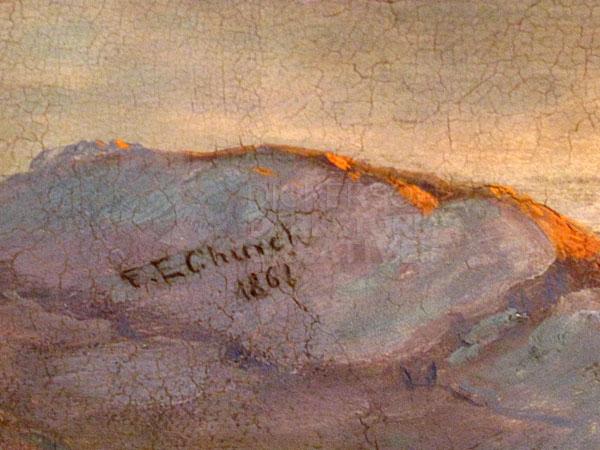
One hundred and fifty years later someone stands in front of Church’s art, and his name lives on with it.
As an artist, I can’t do much better than people standing in front of my art, appreciating it, long after I’m gone. Then turning around and sharing my work, and my name, with the world.
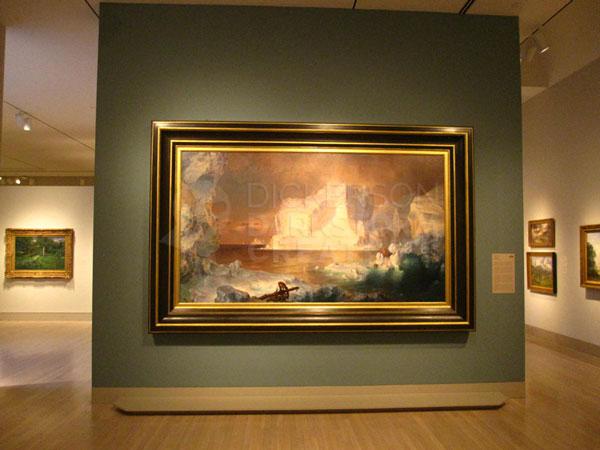


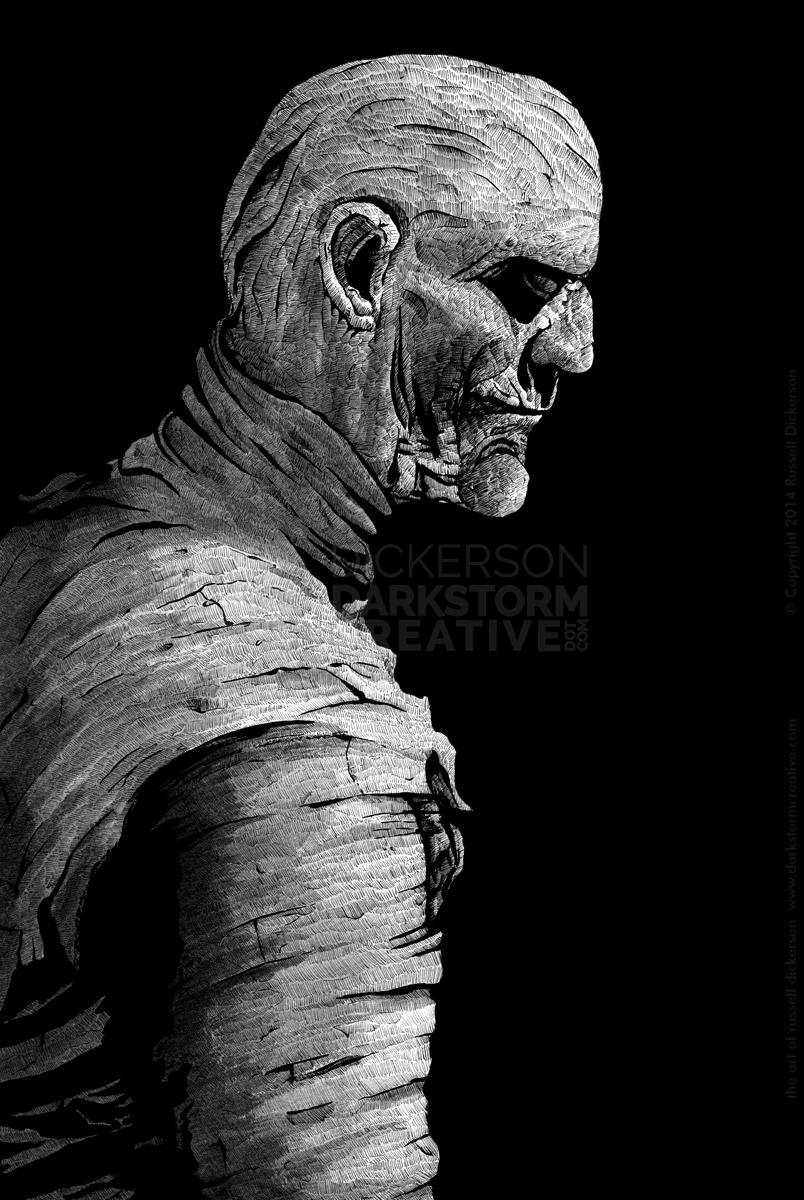
2 Comments
Ed Mannix · July 13, 2010 at 10:44 pm
I was 29 years old and relatively new at Sotheby’s (while they were still on Madison Avenue) — a kid from the inner-city of Philadelphia. I had worked in the art museum there and when I moved to NYC in 1979 they gave me a reference and I got a job doing inventory management for the fine arts division and made enough money to almost live. 🙂 It was cool. I spent the first two months cataloguing the Hirshorn backroom collection that was in storage in Chelsea. I actually ran into Anthony Perkins on his bycycle going there one day. I guess he lived there.
Anyway, one day, Greta Millman, who worked in American Paintings, told me she had to fly to England on the Concorde and that when she got back she “may” have a painting that needs to be placed in a special place. I alerted my boss and the art handlers. We set aside the as yet unused new photography studio.
Apparently it was in a school just “hanging around” along a staircase. According to Greta, someone in England described it to her and sent a photo, and since it was so famous when originally created there were prints of it and she and others suspected what it was — the painting had disappeared long before then.
The painting arrived just two days later. It was very dirty but magnificent, no doubt about it. The dirt was carefully cleaned away, nothing more. Wow!
Famous person after famous person came to see it. So did people I knew were big money. It was a glorious work, the room glowed. As I recall the catalog had a fold-out photo of it. The rest is public knowledge, i.e the Hunts who bought it, their loss, the USA gain, etc.
It’s beautiful to see a good photo of it on the web. Beautiful.
Thanks.
Ed
admin · July 14, 2010 at 8:19 am
It’s a great painting, and I was happy to see it in person. The “just hanging around” story goes with lots of paintings, I’m always surprised to hear when such great work is forgotten for so long.
Comments are closed.